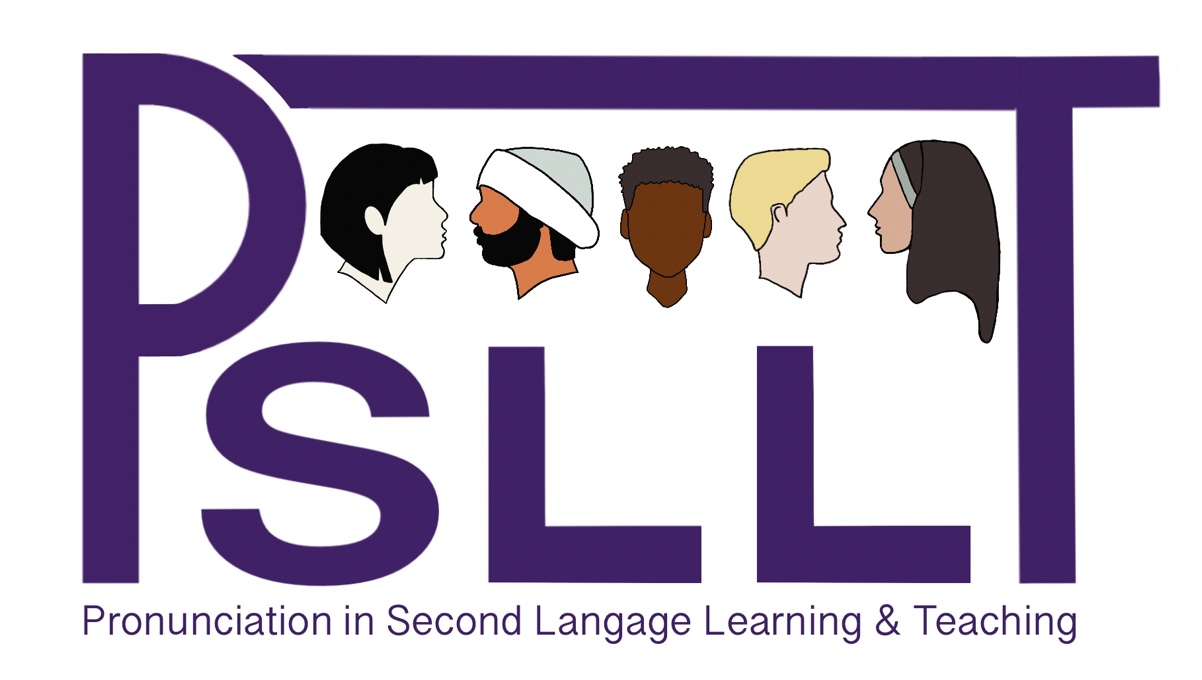Using an Inductive Approach to Teach Pronunciation
Abstract
Considering the significant role that intelligible pronunciation plays in successful second language (L2) communication, it is important to find new avenues that allow pronunciation instruction to become a regular component in L2 classes. A promising method is an inductive approach to teach pronunciation. This approach encourages learners to detect patterns and work out rules for themselves before practicing the target feature in the L2. The teacher acts as a facilitator, providing materials that guide this discovery process. The inductive approach stands in contrast to the more traditional, deductive approach whereby the teacher presents and explains a rule. Research suggests that—while admittedly a little more time-consuming—a major advantage of the inductive approach is that learners are more active in the learning process rather than being passive recipients, which leads to longer maintenance of learning gains. Using an inductive approach in SLA is not new; however, in the past, it has primarily been used in grammar instruction, not for teaching pronunciation. The present teaching tip fills this gap by demonstrating how to design materials for pronunciation training following the inductive approach.
Keywords: German, inductive, materials
How to Cite:
Martin, I., & Sippel, L. (2023). Using an inductive approach to teach pronunciation. In R. I. Thomson, T. M. Derwing, J. M. Levis, & K. Hiebert (Eds.), Proceedings of the 13th Pronunciation in Second Language Learning and Teaching Conference, held June 2022 at Brock University, St. Catharines, ON. doi: https://doi.org/10.31274/psllt.15702
Downloads:
Download PDF
View PDF
